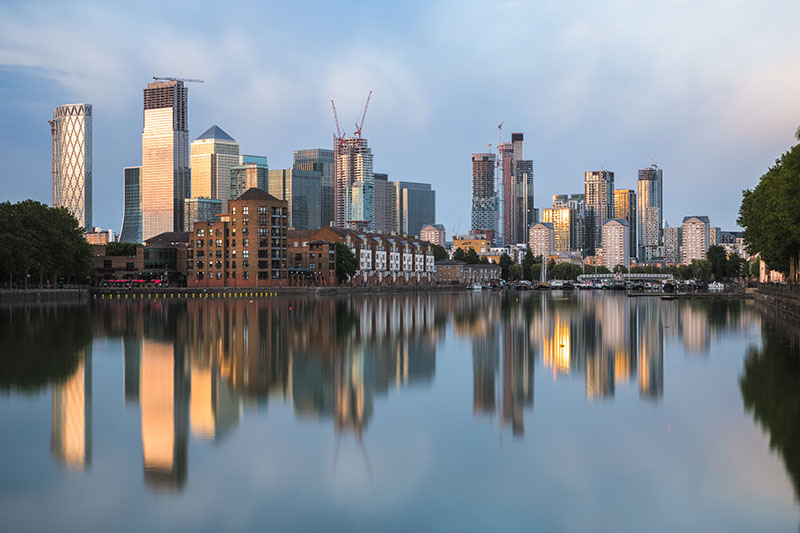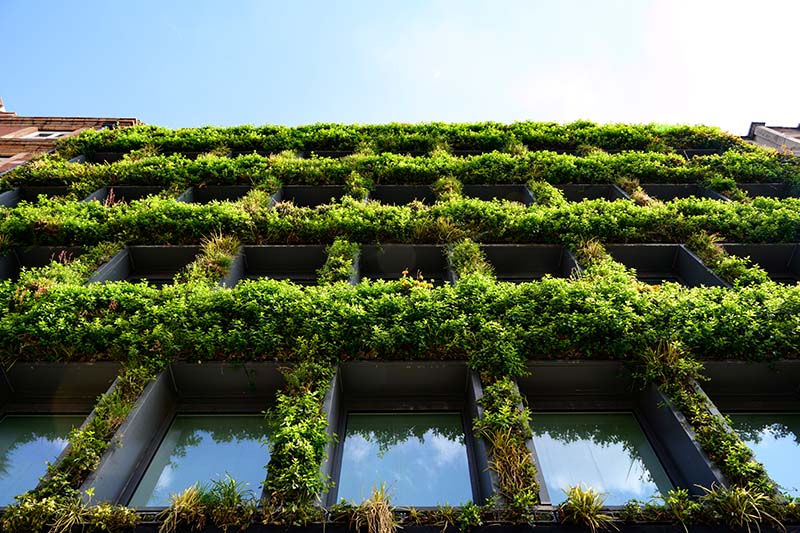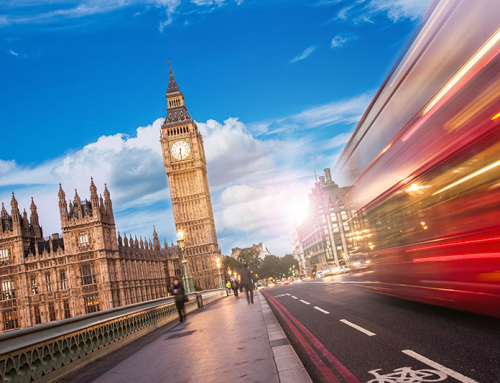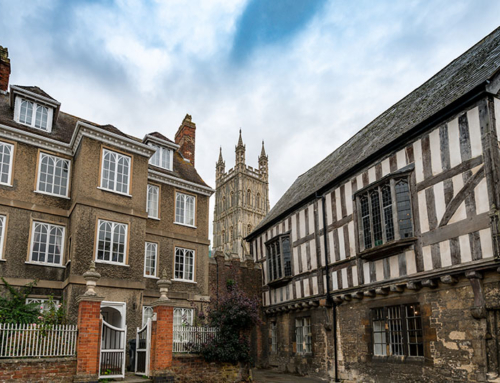Technology has been integrating with our day-to-day life for decades – recent COVID-19 restrictions have simply increased our reliance on digital connectivity. As a result, people’s working and shopping habits have shifted dramatically, with significant implications for the commercial real estate market.
After over a year of social distancing, September saw congestion levels return to almost pre-COVID highs with the London Underground having its busiest morning in 18 months. This suggests that the reports of the office market’s death have been greatly exaggerated.
With consumers visiting Britain’s high street in droves and employees returning to offices, investors have started to take note. In this week’s blog, we’re exploring the resurgent commercial property market and what the future holds for the sector.

The office
For the duration of the pandemic, markets have perpetuated the narrative that work culture had forever changed and people would never return to the office – the reality is proving to be somewhere in the middle. While businesses have noted the increase in productivity generated by remote working, they also understand the value of a collaborative workspace. As a result, we’re seeing businesses offer a flexible work schedule structured around the office model.
This change in attitude has simply increased the need for astute asset management on existing buildings. If communal workspaces wish to thrive post-pandemic, it’s important that they reconfigure and offer the key amenities to occupiers; thus, streamlining the office environment.
Retail
As commuters returned to the office in September, high street footfall rose by 3.7% while shopping centres and retail parks saw respective uplifts of 2.3% and 0.9%. Footfall rose by 6.5% in central London and by 6.1% in large city centres outside of the capital.
While all three destination types have experienced a surge in customer traffic, high streets remain the busiest by far, as people ventured from their offices during break to grab a lunchtime snack or coffee. This is great news for an asset like The Pantiles – situated in the heart of Royal Tunbridge Wells, lined with fantastic restaurants and cafés.

The eco-friendly approach
With evidence of abnormal weather conditions across the globe, climate change concerns have become mainstream. In March 2021, 26% of individuals in the United Kingdom ranked the environment as the most significant issue facing the country, after the economy, health and leaving the EU. The question is, how are these fears increasing demand for green real estate?
As commercial property resurges, it’s evident that businesses are seeking buildings that demonstrate the most sustainable credentials. Ensuring that the property is appropriately insulated, fitted with energy-efficient appliances and energy efficient lighting (such as LED light bulbs), will be intrinsic in making your location stand out amongst the competition.
Targetfollow
As we transition into a post-COVID world, it’s likely that rents will firm up as the pressures on tenants ease. This will make commercial property a potentially attractive way of achieving a more diverse investment income.
At Targetfollow, we recognise that the pandemic has accelerated change within all industries – and with this change, comes a new plethora of opportunities. If you’re looking to invest in commercial property ideally suited to both retail and office based ventures, view our assets currently on sale.





